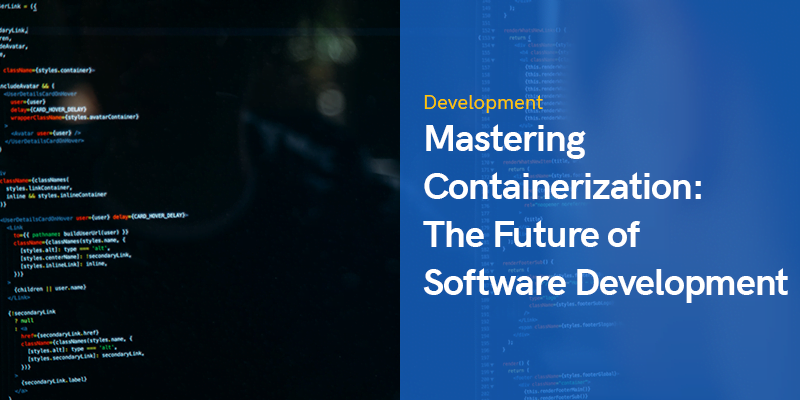Containers 101: Breaking It Down
So, what's a container? Think of it like a sealed lunchbox. Inside, you've got everything you need: your code, runtime, system tools, libraries, and settings. Containers ensure your app runs consistently, no matter where it's served. Delicious, right?
Enter container registries. Container registries, such as the Container registry by JFrog, are online storage locations that store your containers. They're like the “store” section of your favorite supermarket, but with a lot more variety! You can find a container registry in almost any cloud platform, including Amazon Web Services, Google Cloud Platform, and Microsoft Azure.
How Do Containers Differ from Virtual Machines?
You might be thinking, don't virtual machines do the same thing? Well, not exactly. VMs are like separate apartments, each with its own operating system. Containers, on the other hand, are more like shared living spaces—each with their own environment but using a common OS. The result? Containers are lightweight, fast, and efficient.
The Building Blocks of Containerization
To master containerization, we need to understand its core components. Ready to dive in?
Docker: The Reigning King of Containers
Docker is the celebrity chef of containerization. With Docker, you can create, deploy, and run applications inside containers. And with its easy-to-use interface, you'll be cooking up containers in no time.
Kubernetes: The Container Orchestra Conductor
Kubernetes is the maestro of container orchestration. It ensures your containers work together in perfect harmony. Need to scale, update, or balance loads? Kubernetes has got your back.
The Benefits of Embracing Containerization
So, why should you hop on the containerization bandwagon? Here are just a few reasons:
- Portability: Containers let you run apps consistently across environments. No more deployment nightmares.
- Scalability: Need more resources? Just spin up another container. It's that easy.
- Efficiency: Containers share system resources, meaning less overhead and better performance.
Best Practices: How to Master Containerization
We've covered the what and why. Now, let's dive into the how. Here are some best practices to help you level up your container game:
- Keep it lean: Make your containers as small as possible. Smaller containers are easier to manage and faster to deploy.
- Embrace immutability: Containers should be disposable. Treat them like snapshots—once created, they shouldn't change.
- One container, one process: Each container should have one responsibility. This makes them easier to manage and scale.
- Version your containers: Keep track of your containers using a registry like JFrog. It'll make updates and rollbacks a breeze.
- Secure your containers: Don't forget about security. Keep your containers locked down with best practices like encryption and vulnerability scanning.
The Future of Software Development: It's in the Container
With containerization gaining steam, it's clear that this technology is reshaping the software development landscape. So, what's next?
Serverless Computing: The Next Frontier
Imagine if you could just write code and not worry about infrastructure. Sounds dreamy, right? That's serverless computing. Containers provide the foundation for this new paradigm, making it easier than ever to build and deploy scalable, cost-effective applications.
The Rise of the Service Mesh
AI-Powered Container Management
Imagine a world where artificial intelligence optimizes your container infrastructure. From autoscaling to load balancing, AI-powered tools will revolutionize how we manage containers. The result? Smoother, more efficient software development.
The Containerization Journey: Are You On Board?
Containerization is changing the game in software development. And with new innovations on the horizon, it's clear that containers are here to stay. So, the question is, are you ready to join the container revolution?
Whether you're a seasoned pro or a curious newcomer, it's time to embrace containerization and unlock its full potential. With a solid foundation, best practices, and an eye on the future, you'll be well on your way to mastering containerization and shaping the future of software development.

